
East Hokkaido offers postcard-worthy sceneries like this snow-capped mountains. This photo was taken along the Kushiro Shitsugen-Akan-Mashu Scenic Byway while the participants are aboard a rented vehicle.
Towards the end of March 2019, JDS fellows under the supervision of Makoto Chikaraishi were fortunate enough to explore the lesser known side of Hokkaido prefecture. All throughout the 3-day tour, students were able to bear witness to the pre-launching of autonomous bus experiment, got acquainted with few roadside stations along the scenic byway of East Hokkaido and discovered the infamous city in Hokkaido – Yubari City.
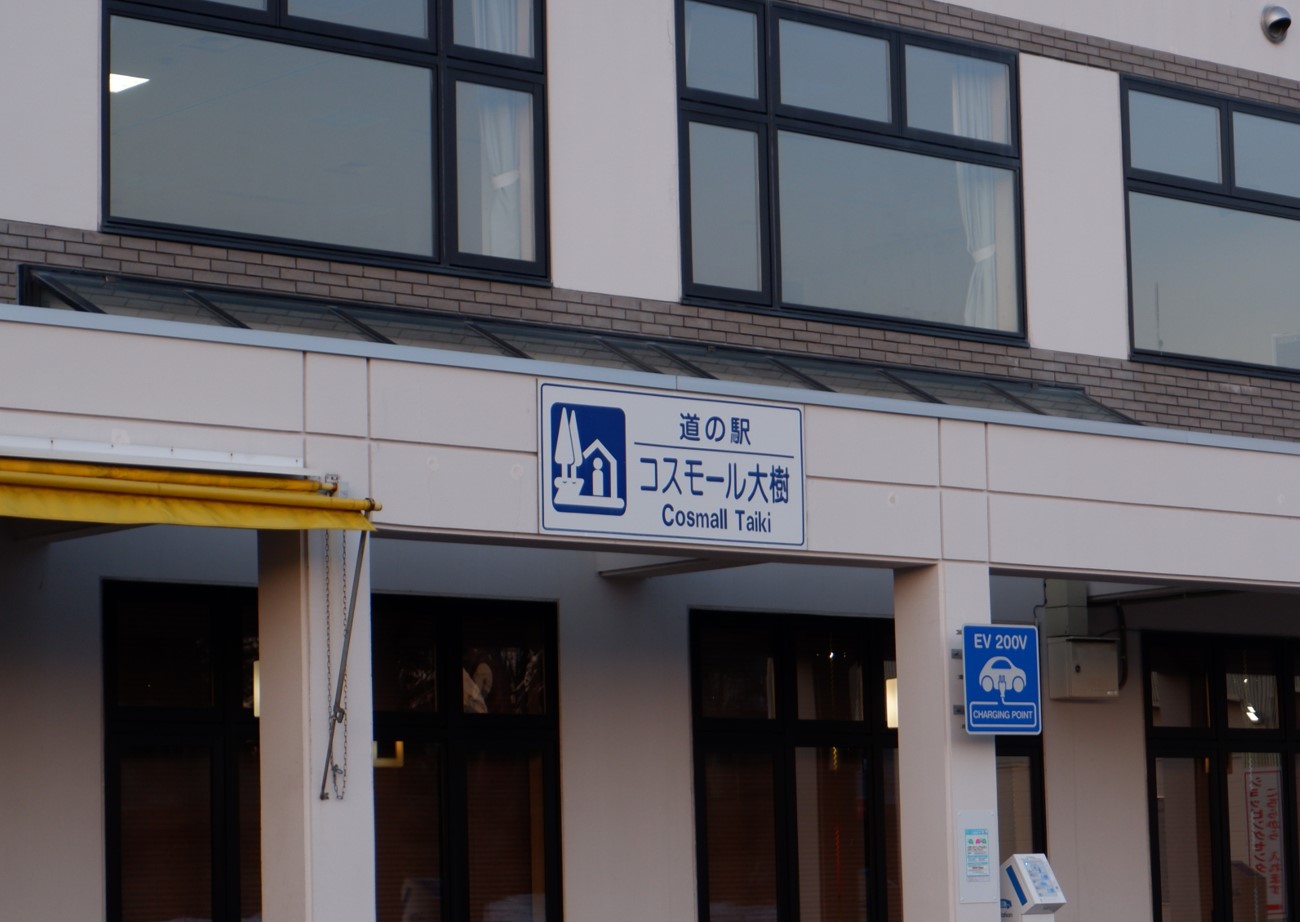
Cosmall Taiki is one of the 122 roadside stations located in Hokkaido prefecture. Aside from serving as a rest stop for travelers, roadside stations also offer information, guides and exhibit local products and foods in the area.
Despite the chilly and windy weather on the first day of the tour, Chikaraishi-sensei and the JDS fellows were warmly welcomed by representatives from the Advanced Smart Mobility Co., Ltd, Docon Co., Ltd and Hokkaido Regional Development Bureau under the Ministry of Land, Infrastructure and Tourism. A brief overview of the autonomous experiment was provided on one of the michi no eki 道の駅 (roadside station) in Tokachi area called Cosmall Taiki. The visiting crew was also given the opportunity to experience autonomous ride aboard the bus along the experiment route. Key features of the autonomous bus were explained and questions from the fellows regarding safety, technology and cost-effectiveness of the autonomous vehicle experiment were graciously received and answered.

The autonomous vehicle experiment briefing was started by meishi koukan (名刺交換), a japanese etiquette involving the formal exchange of business cards.
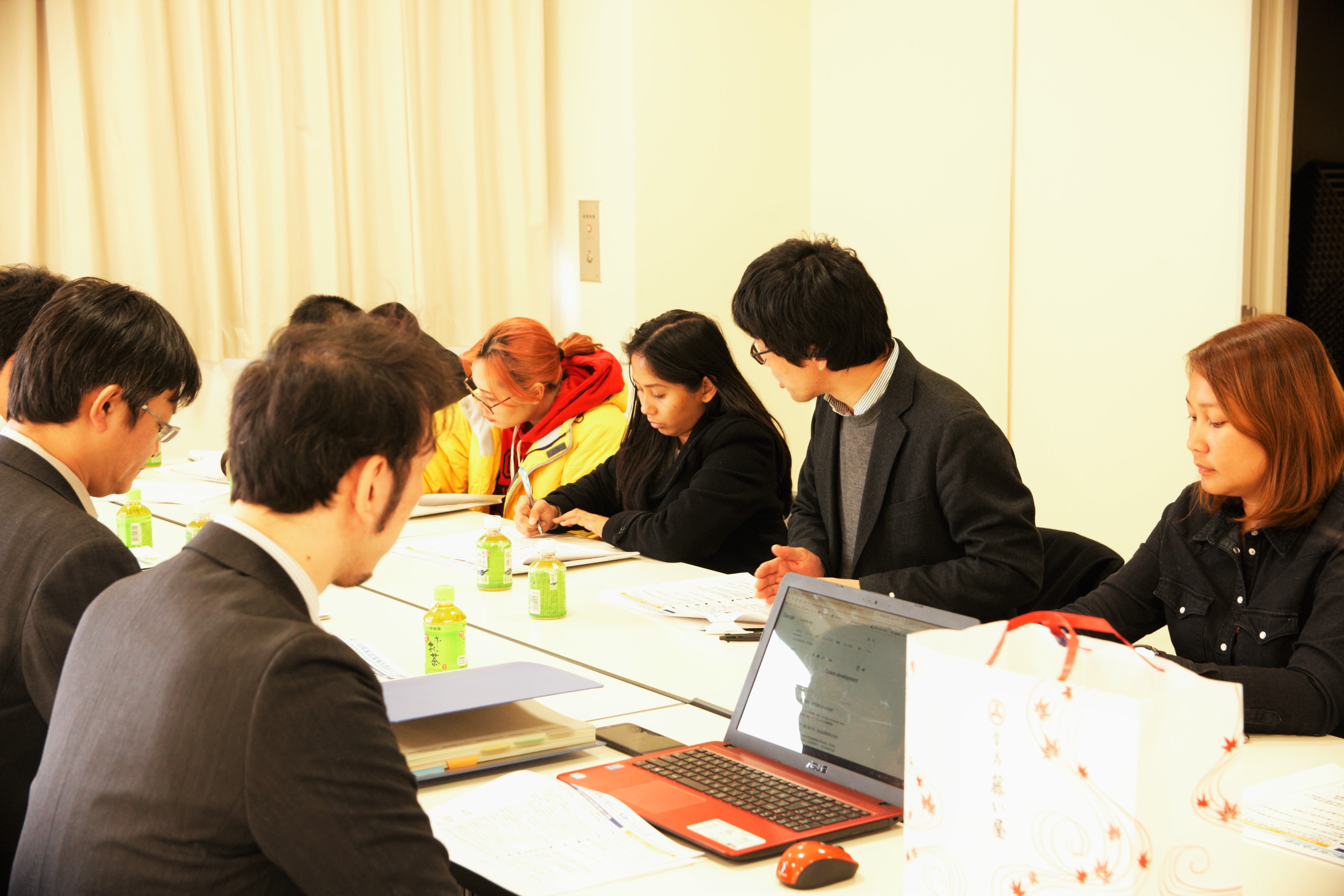

The brief overview of the autonomous vehicle experiment was held in Cosmall Taiki. Photo credits to Jack Mai.
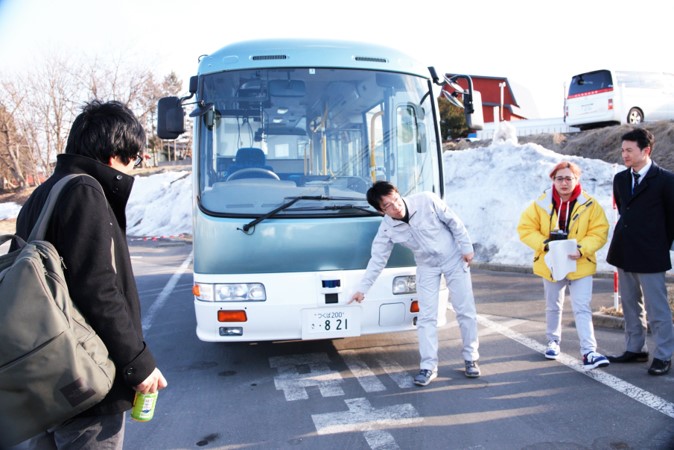
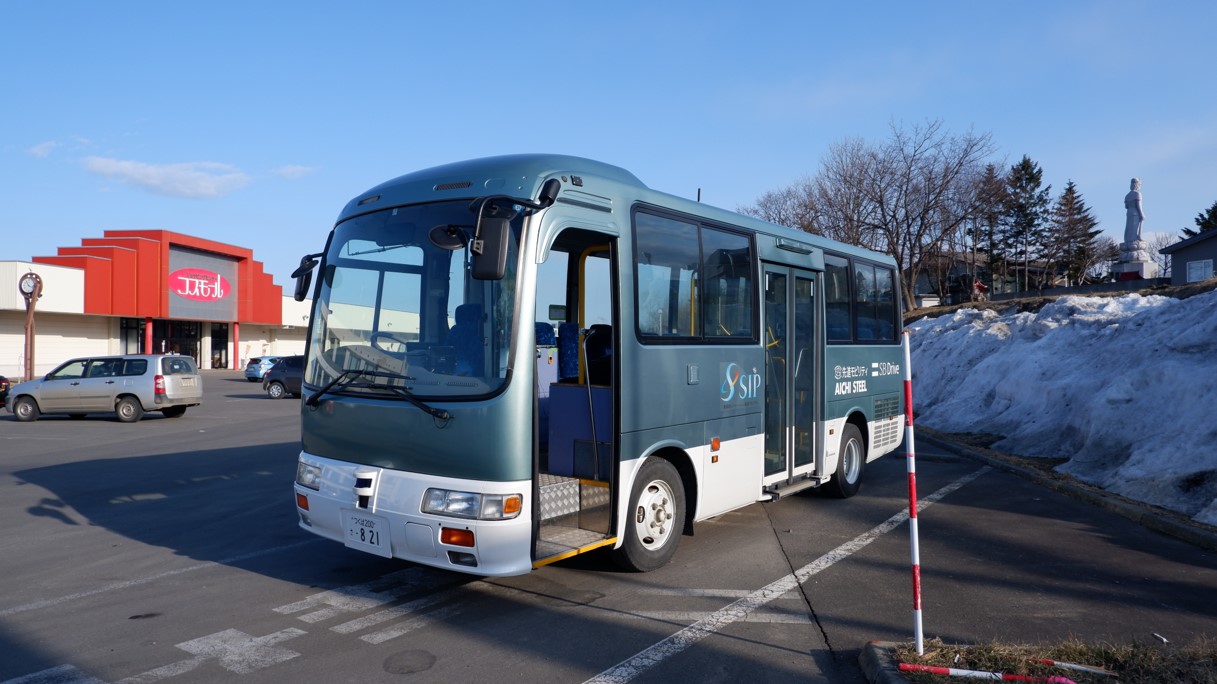


The autonomous bus that will be used in the 1-month long experiment featuring key improvements from the previous pilot experiment. Photo credits to Jack Mai and JS.
Meanwhile, the second day of the tour was dedicated to the exploration of the Kushiro Shitsugen-Akan-Mashu Scenic Byway. This scenic route is part of the Scenic Byway HOKKAIDO Program which features 6 routes showcasing the different and distinct landscapes, sceneries, recreation, culture and history of Hokkaido. This program that was started on 2005 was designed to encourage local and international tourists to discover Hokkaido on a different light through the comfort of their owned or rented vehicles (http://www.scenicbyway.jp/english/theaters.html#5). The participants made their way thru Akan Lake, visited the Lake Akan Eco Museum Center and drove atop the Kushiro-shitsugen National Park to view the marshlands. On the way back, the team have encountered hilly roads that remain unpaved that might pose inconvenience to visiting excursionists.


(Above) The view of Mount Oakan from the frozen Lake Akan. (Below) The Mashu onsen roadside station offers feet-onsen (hotspring) that motorists can enjoy free of charge. Photo credits to JS.
The last day of the tour revolved around knowing about the bankrupt city of Yubari. The first stop to the city was another roadside station called “Meroad”, a word play for “melon” which the city is now known for producing expensive melons, and road station. Meroad offers a mini grocery, souvenir items and a small exhibit about melon cultivation and the coal mining industry that visitors could check out while enjoying their delightful melon-flavored ice cream. Afterward, the fellows headed to visit the Coal Mining Museum of Yubari to know what lead to the downfall of the city. Interestingly, the museum was situated on an actual mining site utilized previously. Although the exhibit doesn’t have English translation and audio narration, the interactive displays and life-sized diorama have compensated for such and the participants were able to grasp the story behind the coal mining town. As the team headed its way to the airport, they were taken aback by the crowds of photographers that await beside the railway tracks. Fortunately, the fellows were able to see the glimpse of a passing train unknowingly that on that particular day, March 31, 2019, marks the final journey of the 127-year operation of JR Hokkaido’s Yubari Line (http://www.asahi.com/ajw/articles/AJ201904010029.html).
“Meroad”, a word play for “melon” which the city is now known for producing expensive melons, and “road” station.
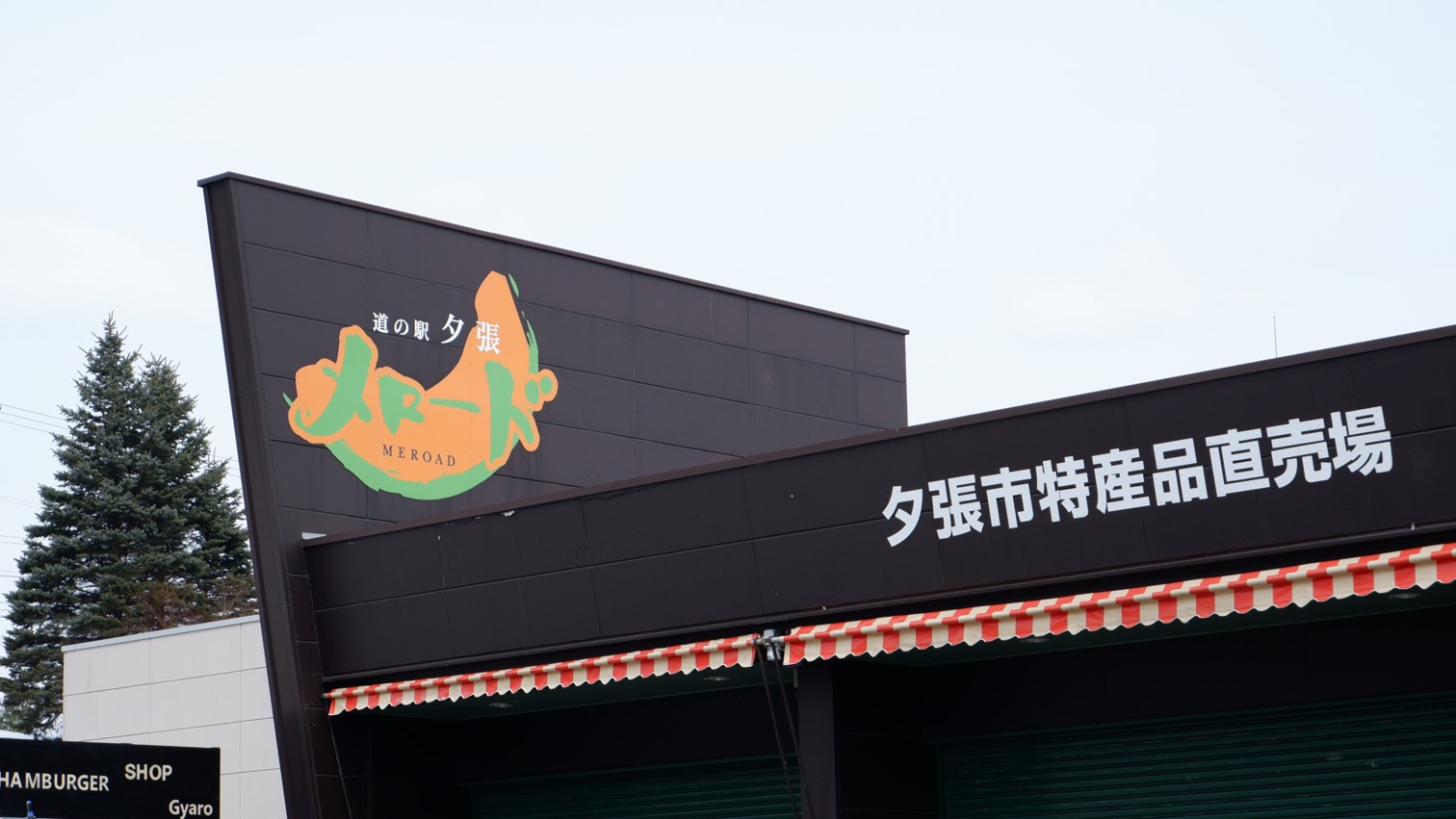


Meroad, the roadside station of Yubari city – home of Japan’s renowned expensive melons. Photo courtesy of JS.
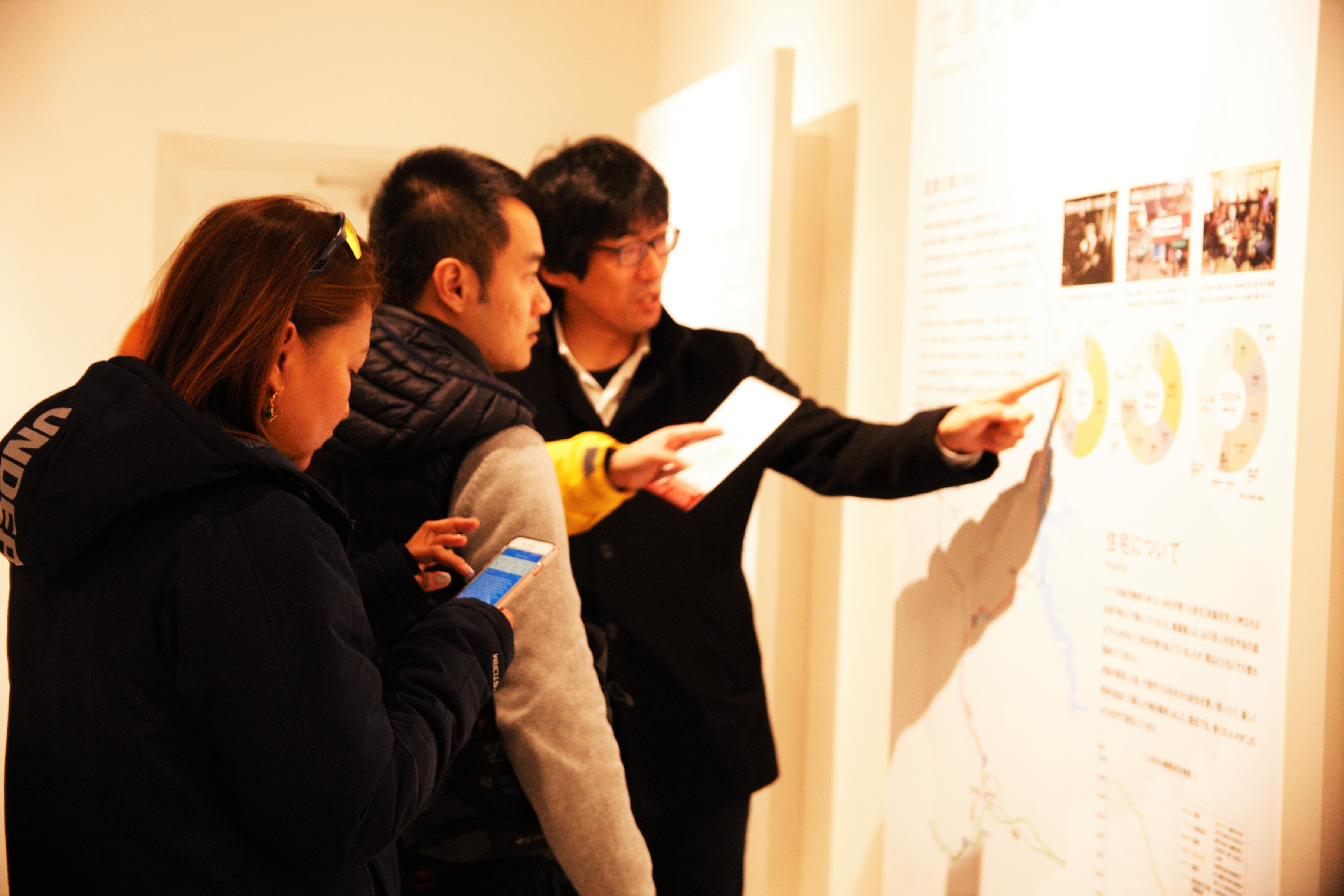
Chikaraishi sensei explaining the changes in industry in Yubari town throughout the decades. Photo courtesy of Jack Mai.






 A preview inside the Coal Mining Museum of Yubari which is situated on actual mining site previously used. Photo credits to JS.
A preview inside the Coal Mining Museum of Yubari which is situated on actual mining site previously used. Photo credits to JS.
Wrapping up the tour as the team head their way back to Hiroshima, one may ask if autonomous vehicle can be the possible future solution to the declining population and booming tourism industry in East Hokkaido. As another JR train line closes in Yubari City while a growing need for mobility increases as thousands of tourist flocks Hokkaido, the potential realization for the demand and usage of autonomous vehicle as a mode for public transportation looms around the horizon.
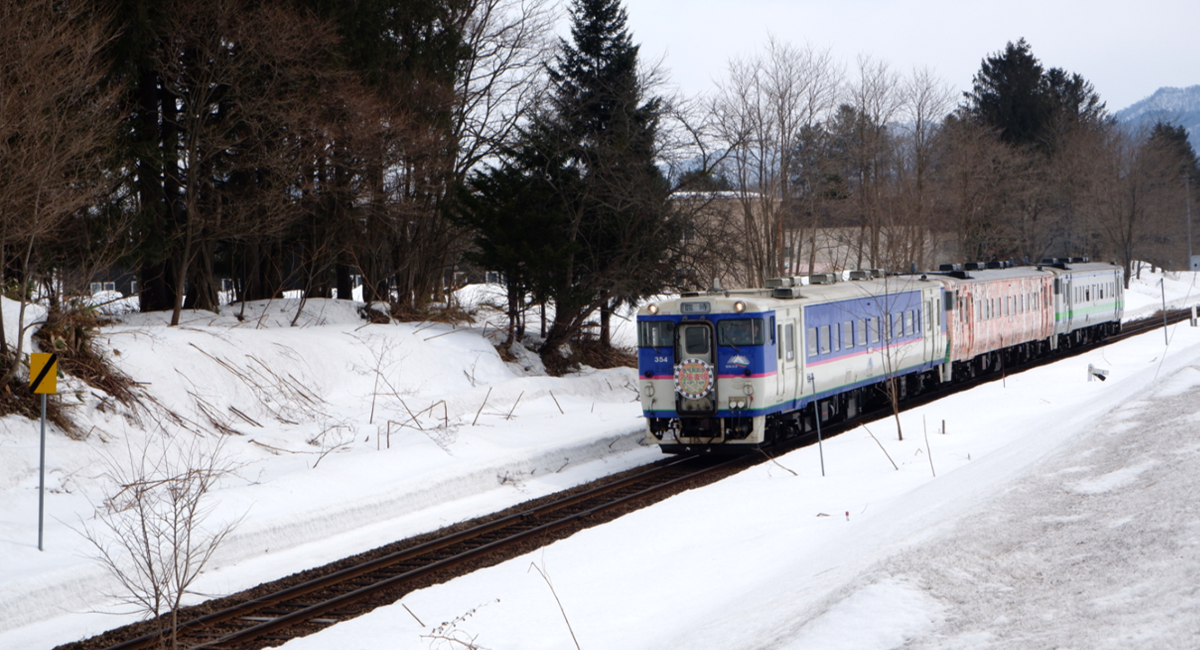
JR Hokkaido Yubari line’s final run ending its 127-year train operation on the 31st of March 2019. Photo courtesy of JS.